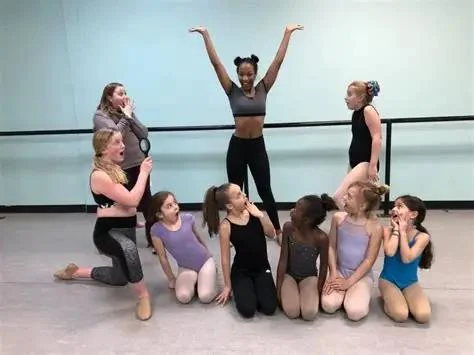
- 1-what-is-ballet-folklorico
- 2-why-a-dance-school-offers-classes-in-ballet-folklorico
- 3-student-benefits-from-learning-ballet-folklorico
- 4-real-stories-from-classrooms-and-communities
- 5-how-to-choose-a-dance-school-that-teaches-ballet-folklorico
1. What Is Ballet Folklórico?
Ballet Folklórico is more than just a dance style—it's a living expression of Mexican culture. Characterized by vibrant costumes, rhythmic footwork, and region-specific movements, this traditional folk dance celebrates history, storytelling, and community spirit. It’s typically performed during festivals and national holidays but has found a home in dance academies across North America.
Rooted in indigenous and Spanish colonial traditions, Ballet Folklórico embodies the diverse spirit of Mexico. From the swirling skirts of Jalisco to the feathered headpieces of Aztec-inspired numbers, each performance is a cultural education in motion.
2. Why a Dance School Offers Classes in Ballet Folklórico
Preserving Heritage Through Movement
When a dance school offers classes in Ballet Folklorico, it’s not just providing an extracurricular activity—it’s preserving a piece of cultural history. Dance academies that include folklórico in their curriculum take on the responsibility of passing on stories and values that are often not found in textbooks.
Expanding the Artistic Range of Students
Learning Ballet Folklórico enhances students' versatility. While many schools focus on ballet, jazz, or hip-hop, folklórico introduces students to storytelling, musicality, and performance in a new and meaningful way. It enriches a dancer’s rhythm, posture, and stage presence.
Community Engagement and Cultural Respect
Dance schools also recognize the value of community integration. Folklórico classes often lead to performances at community centers, cultural events, and parades, encouraging civic participation and cultural pride.
3. Student Benefits from Learning Ballet Folklórico
1. Boosting Confidence Through Performance
For young dancers, performing folklórico in public settings builds stage confidence. The elaborate routines, colorful costumes, and group synchronization encourage teamwork and self-expression.
2. Developing Physical Coordination
The footwork in folklórico is demanding. Students improve balance, lower-body strength, and rhythm through hours of dedicated practice. Over time, this also supports their success in other dance genres.
3. Building a Connection to Cultural Identity
Whether students have Mexican heritage or not, folklórico classes offer them a chance to learn about another culture in a deeply immersive way. It’s dance education with a human heart.
4. Real Stories from Classrooms and Communities
In Los Angeles, 13-year-old Maya joined a dance academy where folklórico was part of the beginner curriculum. At first, she was more interested in ballet, but her connection with folklórico deepened after performing at a Día de los Muertos event. “I felt like I was dancing for something bigger than just the stage,” she shared.
Similarly, a dance school in San Antonio hosts an annual community showcase featuring their folklórico students. Local families pack the auditorium, some moved to tears as they watch traditions passed down through generations come alive on stage.
5. How to Choose a Dance School That Teaches Ballet Folklórico
1. Look for Authentic Instruction
Ensure the school employs instructors with deep knowledge of folklórico, ideally those who have studied or performed professionally in the style. Authenticity matters—not just in steps, but in understanding the significance behind them.
2. Ask About Performances
A strong folklórico program includes community engagement. Ask if the school participates in local festivals or recitals. Performing in cultural events adds invaluable experience for students.
3. Explore the Broader Curriculum
Choose a school that combines folklórico with foundational training in other dance forms. This balance ensures your dancer receives a well-rounded education. For curated programs, American Dance Academy offers structured classes with expert instructors and a strong cultural emphasis.
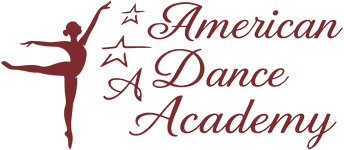
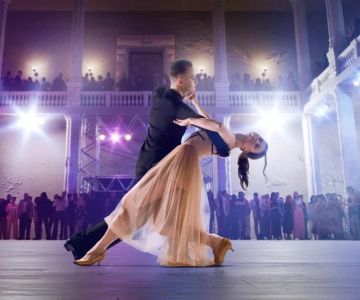
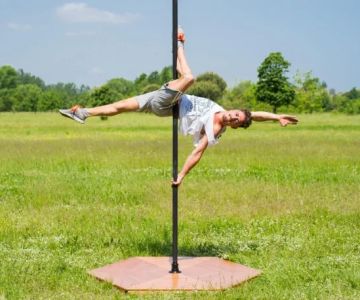
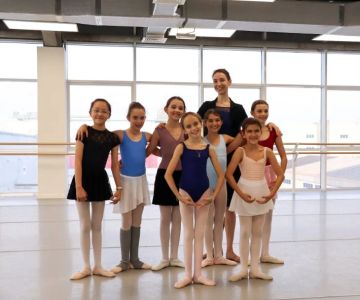
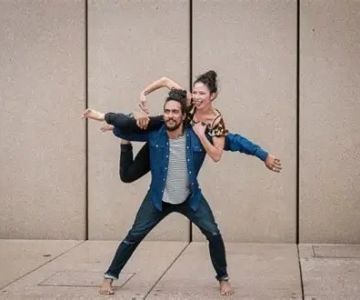

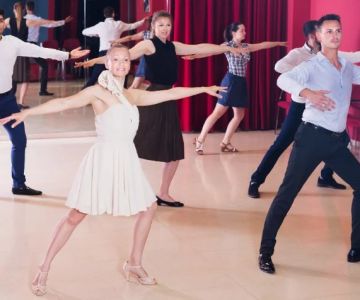
 Barrington Dance Academy5.0 (22 reviews)
Barrington Dance Academy5.0 (22 reviews)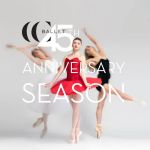 Canyon Concert Ballet4.0 (17 reviews)
Canyon Concert Ballet4.0 (17 reviews) Big City Dance Center LLC4.0 (25 reviews)
Big City Dance Center LLC4.0 (25 reviews)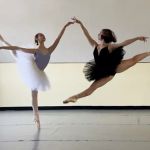 Tye Chua Dance & Kalamazoo Ballet5.0 (18 reviews)
Tye Chua Dance & Kalamazoo Ballet5.0 (18 reviews)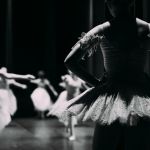 Fenton Ballet Theatre4.0 (24 reviews)
Fenton Ballet Theatre4.0 (24 reviews) Front Street Dance Center5.0 (7 reviews)
Front Street Dance Center5.0 (7 reviews)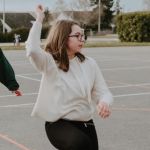 Are There Dances in Middle School? What Students and Parents Should Know
Are There Dances in Middle School? What Students and Parents Should Know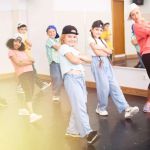 How a Dance School in Instagram Builds Community and Success
How a Dance School in Instagram Builds Community and Success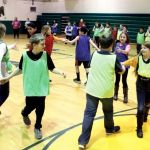 Why Do Schools Teach Square Dancing?
Why Do Schools Teach Square Dancing?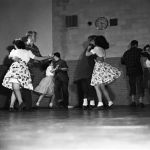 Why Was Square Dancing Taught in School?
Why Was Square Dancing Taught in School?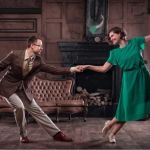 Why Swing Dance Is Popular for Adults
Why Swing Dance Is Popular for Adults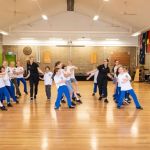 A School Dance: How to Prepare, Shine, and Make It Unforgettable
A School Dance: How to Prepare, Shine, and Make It Unforgettable